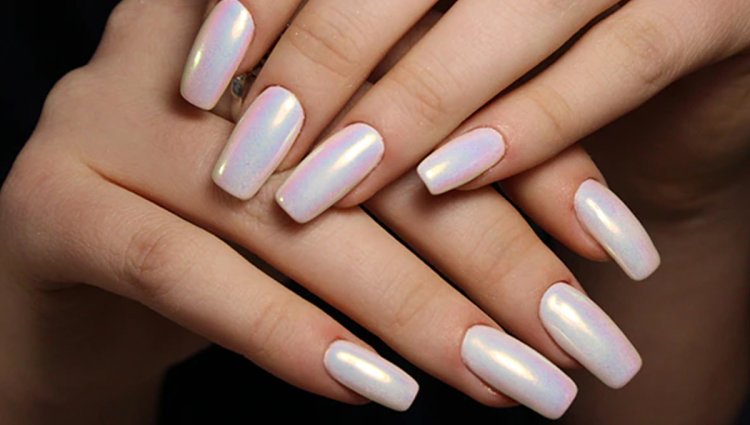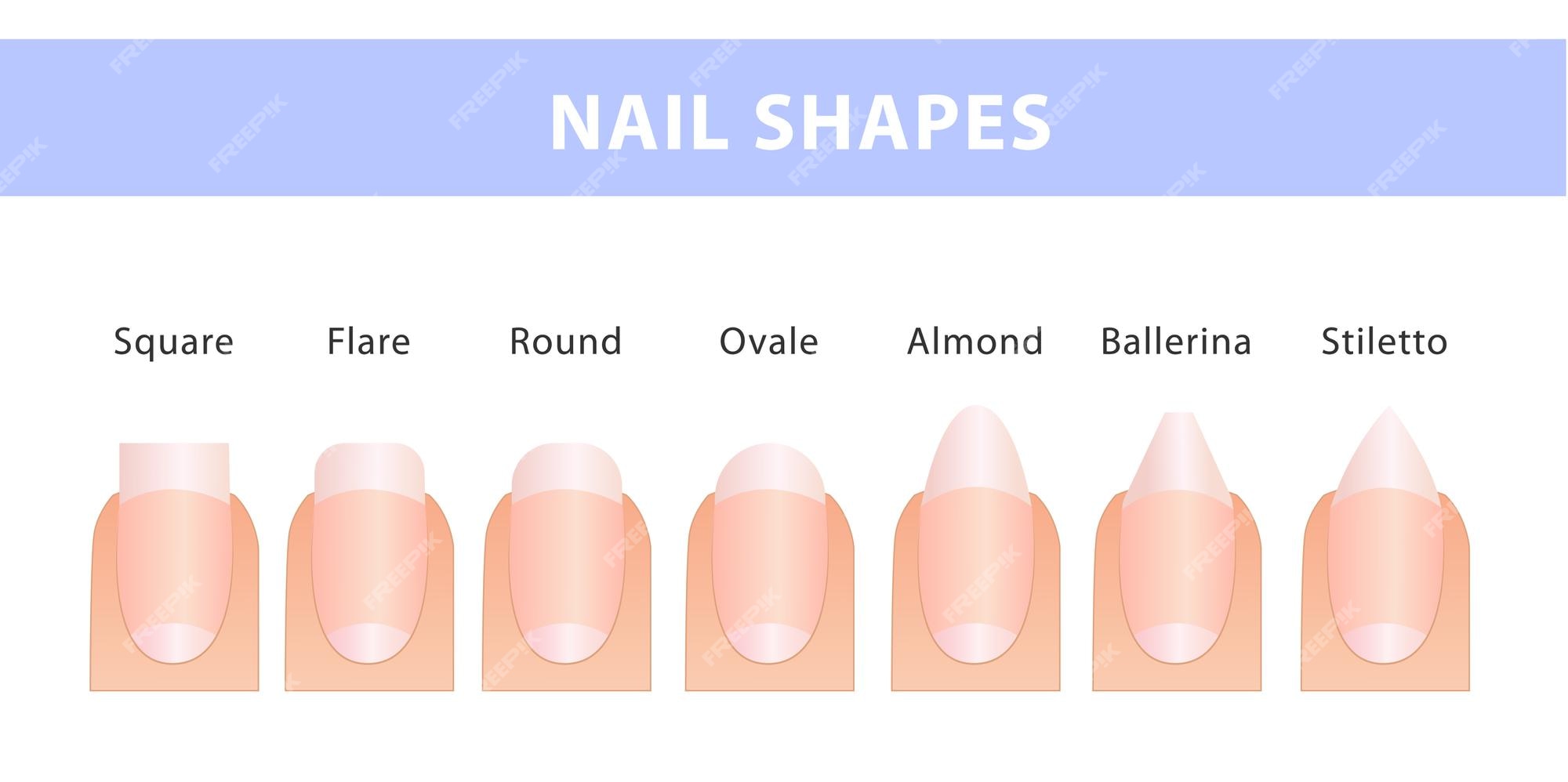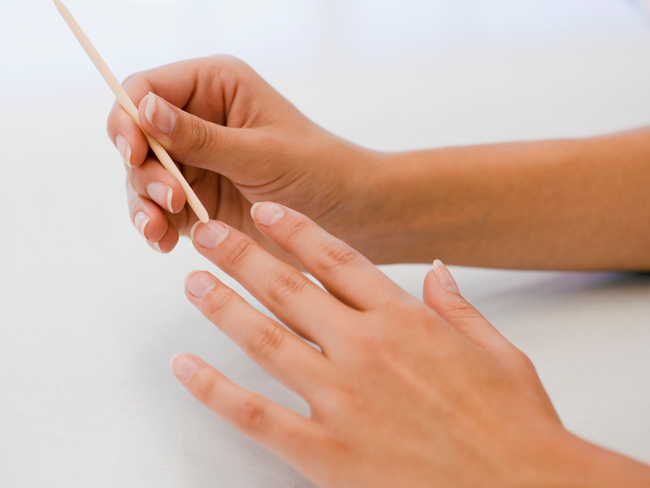Artificial Nails and Gels: Acrylics, and Silks
Artificial Nails - There are many reasons to buy artificial fingernails. Perhaps you're attending an event.

Artificial Nails - There are many reasons to buy artificial fingernails. Perhaps you're attending an event, such as a reunion or wedding and you'd like to appear professional. Perhaps you've been having trouble getting your nails to grow long and require help.
Acrylic, gel, and silk nails can be widely employed. A majority of people prefer acrylics or gels when committed for a long period. Silks are typically employed for shorter periods to strengthen the nail tips or to repair damage to the nail and not to make nails grow longer.
Acrylic Nails
The professional will combine liquid and powder, then apply the mixture to your nails. They'll usually coat the entire nail, however, there are times when they'll only apply tips or an elastic shape that they can create to increase the length of your nails.
The product becomes hard when exposed to air. It may emit a strong scent during the application process However, it's not dangerous, if the area is well-ventilated.
Maintenance: Over time, acrylics begin to grow out of your nails. Each two-to-three weeks you need to visit the salon to get your nails filled. The technician will gently smooth the edge of your acrylic closest to the nail bed. Then, they will fill in the space between the nail bed as well as your existing acrylic nail.
Removal: If you choose to remove your acrylics the nail technician will do it quickly, without any force or pulling, once you've soaked your fingers in polish remover for fifteen minutes.
"If you accidentally get caught on something, such as an edge on a drawer the entire nail could be removed from the nail bed" dermatologist D'Anne Kleinsmith, MD, from West Bloomfield, Mich. "When you tear the seal, it's possible to develop a fungus or yeast or bacteria to grow within that space."
Gel Nails
In contrast to toothpaste-thick gels of the past gels are comparable to nail polish.
They are applied to the tips of your nails or nail appliques to increase length. When your nail technician has applied each coat, you need to expose your nails to UV (UV) lighting for up to 2 seconds for two minutes to "cure" or set the product. There is no smell when applying the product.
There are cases of skin cancer-related risk because of UV exposure. This could be a factor, even though you're not exposed to many UV radiations per session.
Gels cost more than acrylics, however, they can retain their color for longer, without chipping, which means you won't mind the higher cost.
Maintenance: As with acrylics and gels can grow out along as nails grow and require to be replaced every 2 to 3 weeks. The technician will gently smooth down the edge of the gel closest to the nail bed, then fill in the space between your nail bed and your existing gel nail.
Removal: It is possible to remove the majority of gel nails by immersing the nails with nail polish remover. Wraps that are sized for nails contain nail polish remover. This will loosen the artificial nails to enable removal, but without drying your hands.
Like acrylics, they can cause an infection in your nail bed when small trauma (such as getting your fingers caught in a doorway or accidentally hitting your nails on a counter or any other hard surface) can cause your nail to lift the complete nail out of.
In the case of acrylics or gels, the nail doesn't need to be completely removed from your finger to cause infection. If it's loose, however, it is still attached, this could be sufficient for bacteria or other bacteria to cause problems.
Silk Nails
The fabric wraps are put in the nail to strengthen weak nails or assist a nail that has cracked to develop. Some wraps are made from silk, while others are made from linen, paper, or fiberglass.
The nail technician will mold the material to your nail's form and then hold the nail in position, and then apply glue with a brush.
Silks are designed to be temporary and adhesives tend to break after about two to three weeks or earlier when you wash dishes by hand without gloves. Your nail technician can take them off or apply them during the next visit.
Ten Tips to Artificial Nails
See a professional to have your nails done. Products at home "require some expertise and expertise, much more than DIY hair coloring," says Doug Schoon who is co-chairman for the Professional Beauty Association's Nail Manufacturer Council on Safety.
Do not remove your artificial nails. "They're made to stick to the nail, and if you pull them off they pull off that top nail layer,". After you've removed them your natural nails should appear healthy. Visit a professional to ensure that it's done properly.
Select a nail professional according to recommendations from your acquaintances, not basing the decision solely on the location or cost. "A majority of people go into the salon on the street, because they can see an advertisement that is attractive however they're not receiving the same level of service that they would get from an educated person with the proper abilities,". "If the nail tech is not skilled and skilled, she could cut your nail plate to thin when applying acrylics or gels and cause damage to the nails."
Your salon's appearance should be fresh and clean. You should also disinfect your tools between clients.
The nail technician must clean their hands before applying their nail polish and request that you follow the same procedure.
Let your cuticles be yours alone. Don't let anyone in the nail salon trim or pull the cuticles back. The rupture of the nail bed's seal with your fingernail nail bed can cause infections.
Don't attempt to bandage or repair your damaged nail by yourself. Consult a professional for help so you don't suffer from an infection on your nail.
Ask your technician about how you can take care of your nails in-between visits. "It's essential to find an experienced, skilled nail technician who can show you how to maintain the health of your nails".
Talk to your doctor if you feel something is odd. Inform your technician if you're experiencing any discomfort after your artificial nails were applied since they're not designed to cause pain. If you notice itching or rashes around your fingertips, or your face, eyes, or neck (which most women tend to use their hands to touch), Kleinsmith says you might consult your physician whether you're allergic to one of the components in the artificial nails you have.
Do it naturally now and after that. It is recommended that you do it now and then. American Academy of Dermatology recommends not using artificial nails now and then to allow your nails to rest.
What's Your Reaction?
















